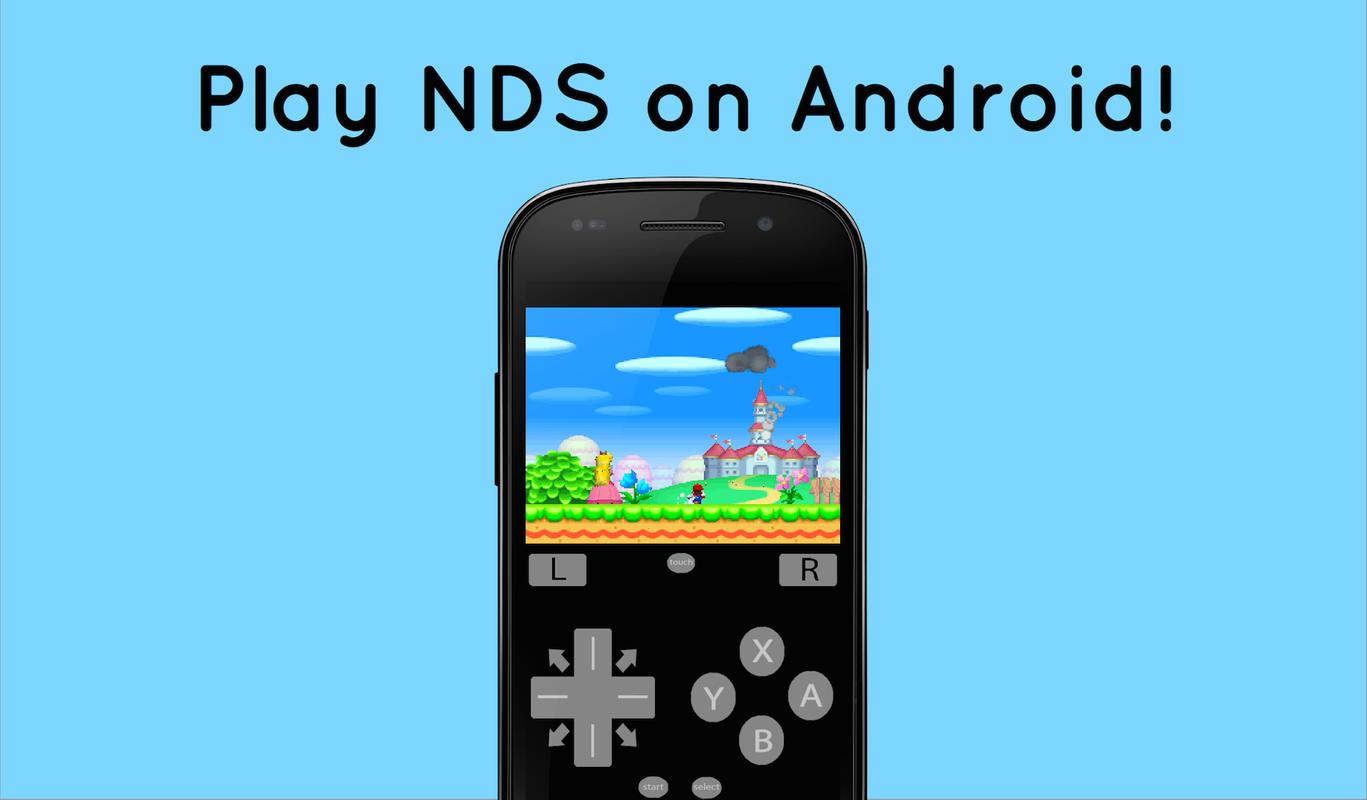


You aren't going to be able to modify every aspect of emulation as you would in DeSmuME, but you can still do things like change the screen layouts and customize the gap for games that have gameplay go between screens. There aren't many options, but most of the important ones you'd expect are available. MelonDS on the other hand feels empty in some ways. Featuring high compatibility, performance, tons of customization options, filters, enhancements, and more, this is a fully featured flagship emulator. While there are specialty emulators and a graveyard of projects that have since been abandoned, DeSmuME has thrived as the dominant emulator. When it comes to desktop DS emulation, DesMuME has been the king for many years. Featuring a brand new OpenGL renderer that maintains high performance even at increased internal resolutions while maintaining superb accuracy, melonDS has a compelling case to be your main Nintendo DS emulator. On May 31st, melonDS 0.8 released and put the rest of the scene on notice: this emulator means business. While I'm by no means declaring the other emulators I mentioned in the article as losers, one of them in particular has truly become a force within the Nintendo DS emulation scene: melonDS melonDS 0.8 brings a high performance hardware renderer that can breathe new life into DS titles. Two years ago, I declared that Nintendo DS was entering a golden age with several new emulators ready to challenge the established normal.


 0 kommentar(er)
0 kommentar(er)
